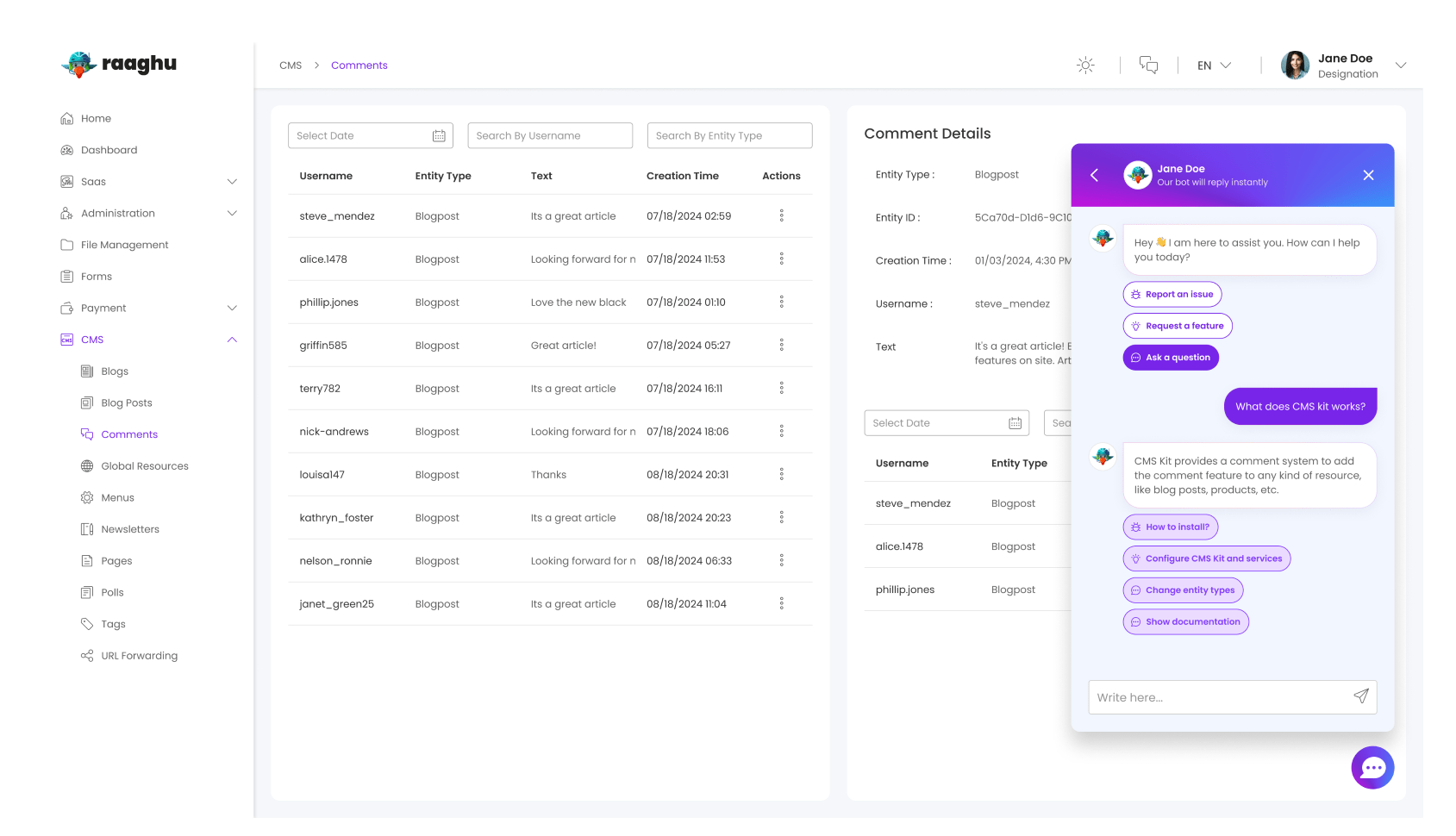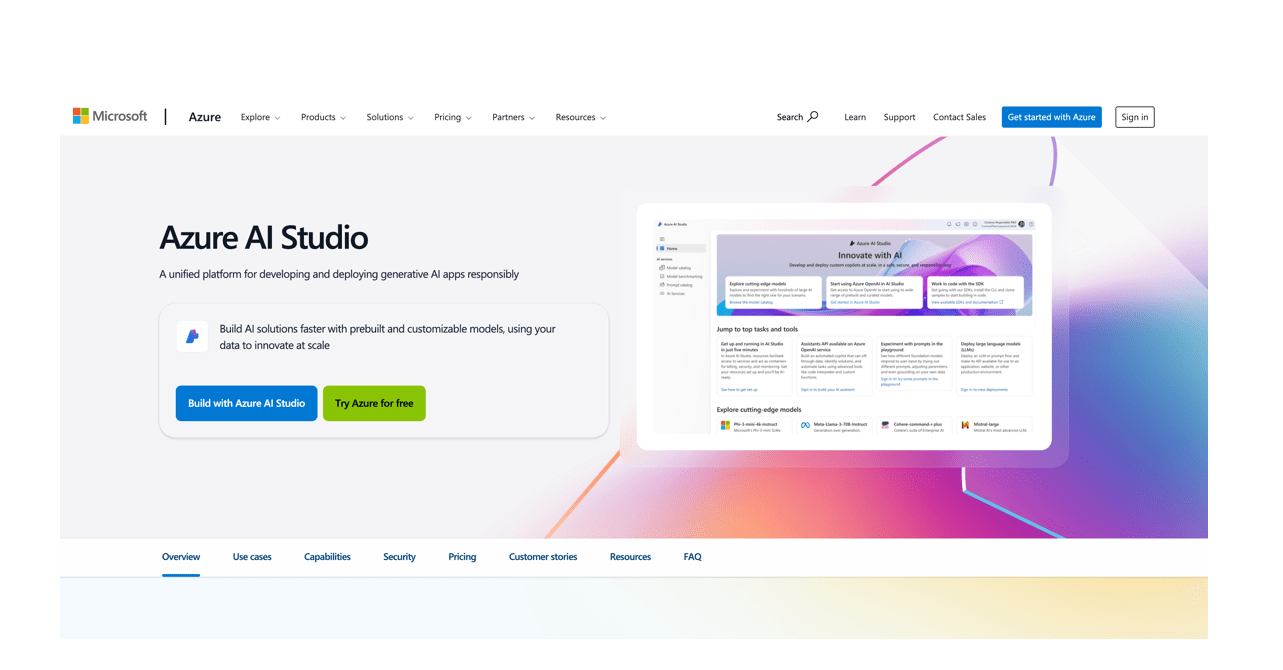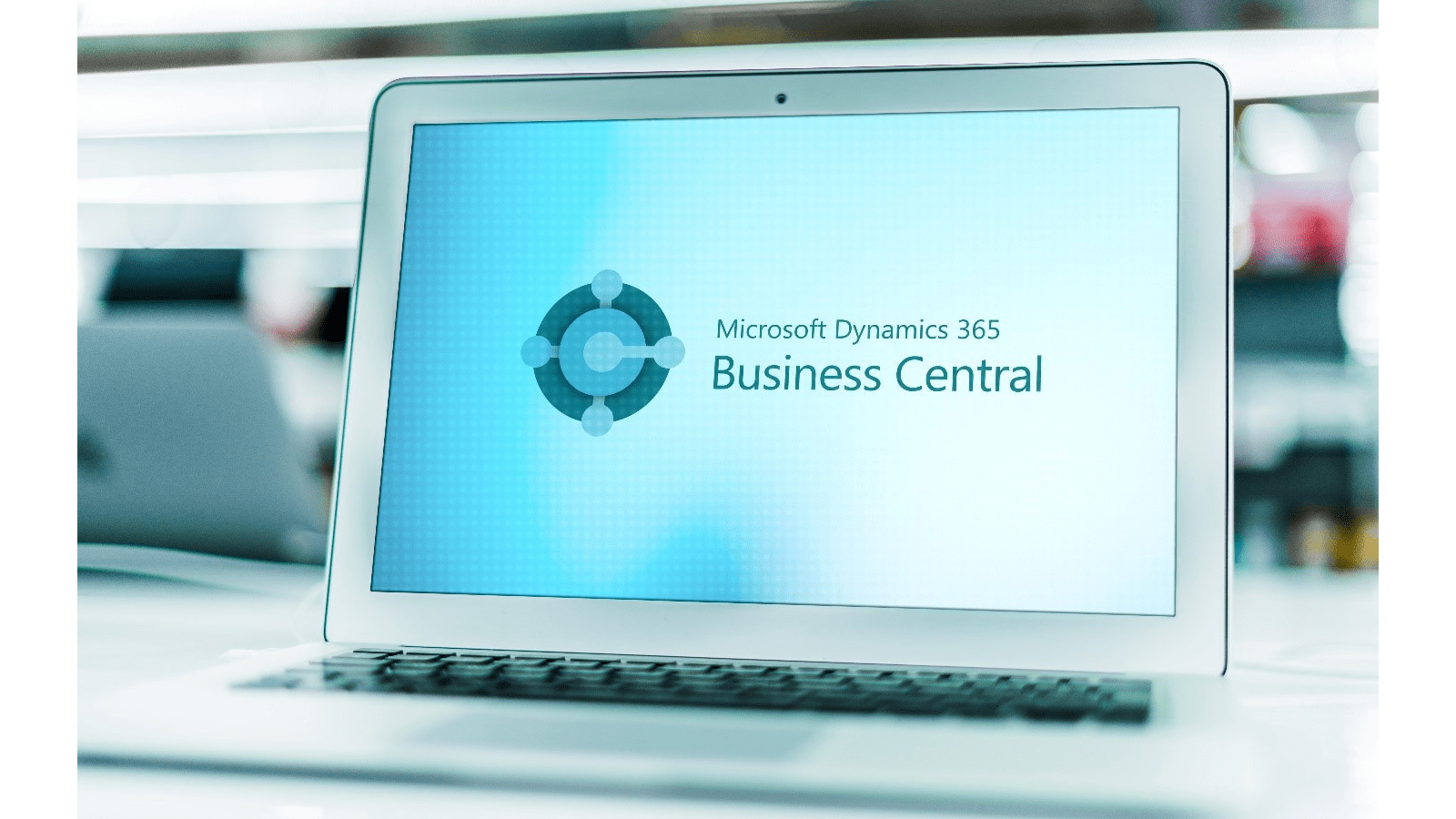Using Design Thinking to Solve SaaS User Retention Problems

Let’s face it, getting users to sign up for your SaaS product is one thing. Getting them to stick around? That’s the real challenge.
Maybe you've seen the signs: trial users vanish after day three, onboarding feels more like a chore than a win, and feedback (if any) is vague and inconsistent. You've improved the UI, added features, offered discounts, but churn refuses to budge.
Here’s the truth: retention is rarely a product issue alone. It’s a people issue. And that’s where design thinking shines.
Why Design thinking matters?

Most SaaS teams approach churn with analytics dashboards and NPS scores. And while those are useful, they often miss the why.
Why did the user stop logging in? Why didn’t they invite their team? Why didn’t they complete onboarding?
Design thinking flips the perspective. Instead of optimizing around business goals, it starts with human goals. It’s about understanding your users on an emotional, behavioural, and contextual level, and designing for what they actually need, not just what they click.
Step One: Start with Empathy - talk to Users who left

It sounds simple, but it’s often skipped.
Before running a heatmap or launching a new campaign, reach out to churned users. Ask them why they left. Ask what they were hoping to solve. Ask what felt confusing or underwhelming.
You'll hear things like:
I didn't know what to do next.
It wasn't clear if this would work for my team.
I meant to come back but just didn't.
That's where SaaS user retention services rooted in design thinking come into play, they help uncover emotional friction points that don’t show up in your analytics.
Applying Design thinking to reduce churn

Here’s how each stage of design thinking can help reduce churn and improve user retention:
- Empathize
Use interviews, support chats, and session replays to see your product from the user’s lens. This is where SaaS UX research methods make all the difference.
- Define
Instead of saying, “users aren’t activating,” dig deeper: “New users don’t understand how Feature A fits their use case within the first session.”
- Ideate
Brainstorm friction-free onboarding flows, simplified dashboards, or personalized nudges. This is where SaaS UX optimization services and SaaS product design services start showing their ROI.
- Prototype
Don’t overthink it. Use low-fidelity wireframes or clickable flows to test new ideas quickly. With AI-assisted prototyping, you can go from idea to test in days.
- Test
Roll out small changes to targeted segments. Measure not just clicks, but clarity, confidence, and completion.
Case Study - Small fixes, Big Impact
A startup we worked with had a promising tool for remote team productivity. They had traffic, trials, and decent engagement, but a high silent churn rate within the first 10 days.
We applied a design thinking approach for reducing churn in SaaS products:
Conducted qualitative interviews with 7 churned users
Discovered that most users weren’t sure where to start, they signed up but didn’t understand the first action
Rebuilt the onboarding flow with a job-to-be-done approach: "What do you want to accomplish today?"
The result?
Trial-to-paid conversions jumped by 24%, and 14-day churn dropped by nearly half.
Scaling Design thinking with AI

If you’re scaling fast, the manual parts of design thinking might feel daunting. Good news: AI can help here, without replacing the empathy at the core.
With tools like:
AI UX consulting USA platforms that cluster feedback into themes
SaaS churn prediction with design thinking powered by behavioral models
AI UX prototyping tools that simulate user flows before building
Customer feedback integration in SaaS design using NLP and sentiment tracking
You can scale research and prototyping, while keeping it human.
Quick wins you can try this week:

If you're not ready for a full design sprint, here are 5 things you can do this week:
Interview 3 churned users (or read 20 support tickets). Look for emotion, not just complaints.
Re-map your onboarding flow from a first-time user’s point of view. Where do they stall?
Create one new empty state that educates, not just informs.
Replace one generic email with a personalized nudge tied to in-app behavior.
Ask one question during sign-up that helps tailor the experience. Users feel seen, and you gather context.
These are small things. But they add up, fast.
Final Thought: Retention is a Relationship

In SaaS, it’s easy to treat churn like a leak in a funnel. But that’s not what it is.
Churn is someone deciding your product no longer fits into their life.
Design thinking helps you rebuild that fit.
By listening better. By caring more. By designing with, not just for, your users.
And in that process, you don’t just retain users.
You earn loyalty.
Want to apply human-centered design thinking to reduce churn in your SaaS product?
Let’s talk: www.waiin.com
Discover More






